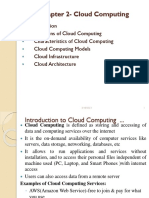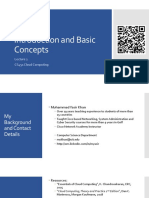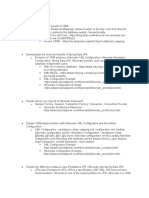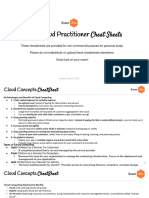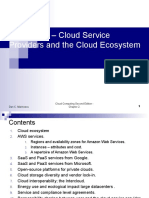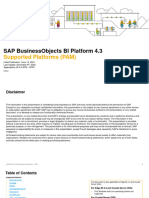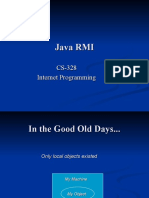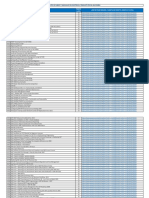0% found this document useful (0 votes)
21 views8 pagesCloud Computing - Complete Exam Revision Guide
Cloud computing delivers computing services over the internet, allowing data storage and access on remote servers rather than personal computers. It offers various deployment models (public, private, community, hybrid) and service models (SaaS, PaaS, IaaS), providing benefits such as cost reduction, accessibility, and scalability while also posing challenges like security concerns and performance issues. Key enabling technologies include virtualization and service-oriented architecture, which facilitate resource sharing and application integration.
Uploaded by
shaikielyn16Copyright
© © All Rights Reserved
We take content rights seriously. If you suspect this is your content, claim it here.
Available Formats
Download as PDF, TXT or read online on Scribd
0% found this document useful (0 votes)
21 views8 pagesCloud Computing - Complete Exam Revision Guide
Cloud computing delivers computing services over the internet, allowing data storage and access on remote servers rather than personal computers. It offers various deployment models (public, private, community, hybrid) and service models (SaaS, PaaS, IaaS), providing benefits such as cost reduction, accessibility, and scalability while also posing challenges like security concerns and performance issues. Key enabling technologies include virtualization and service-oriented architecture, which facilitate resource sharing and application integration.
Uploaded by
shaikielyn16Copyright
© © All Rights Reserved
We take content rights seriously. If you suspect this is your content, claim it here.
Available Formats
Download as PDF, TXT or read online on Scribd
/ 8

































